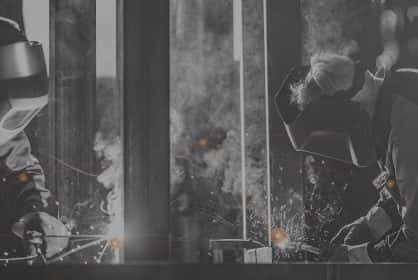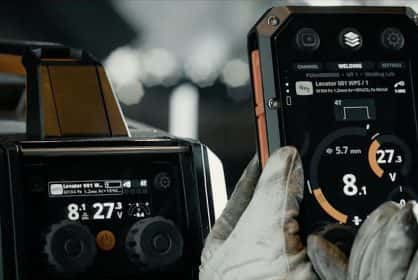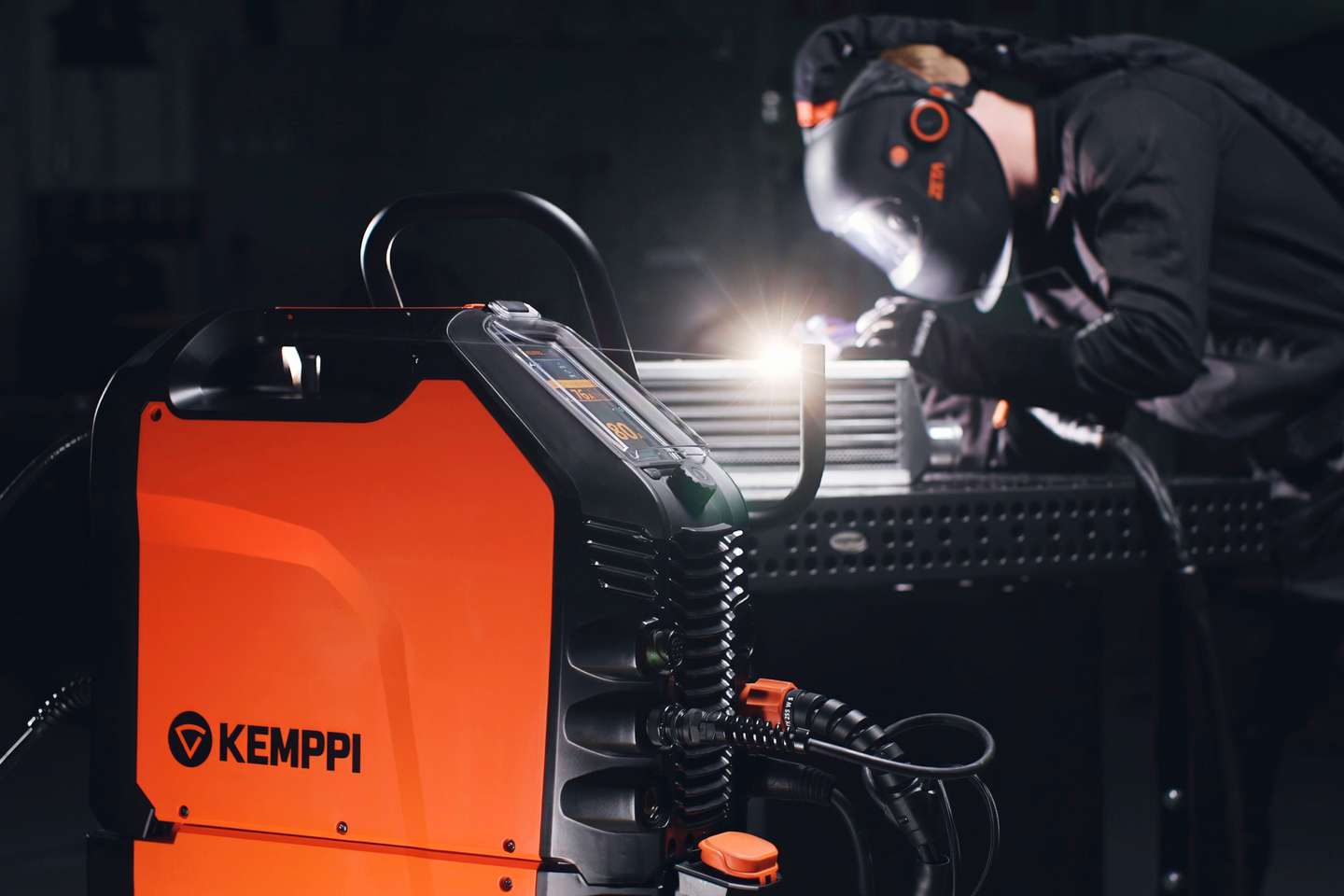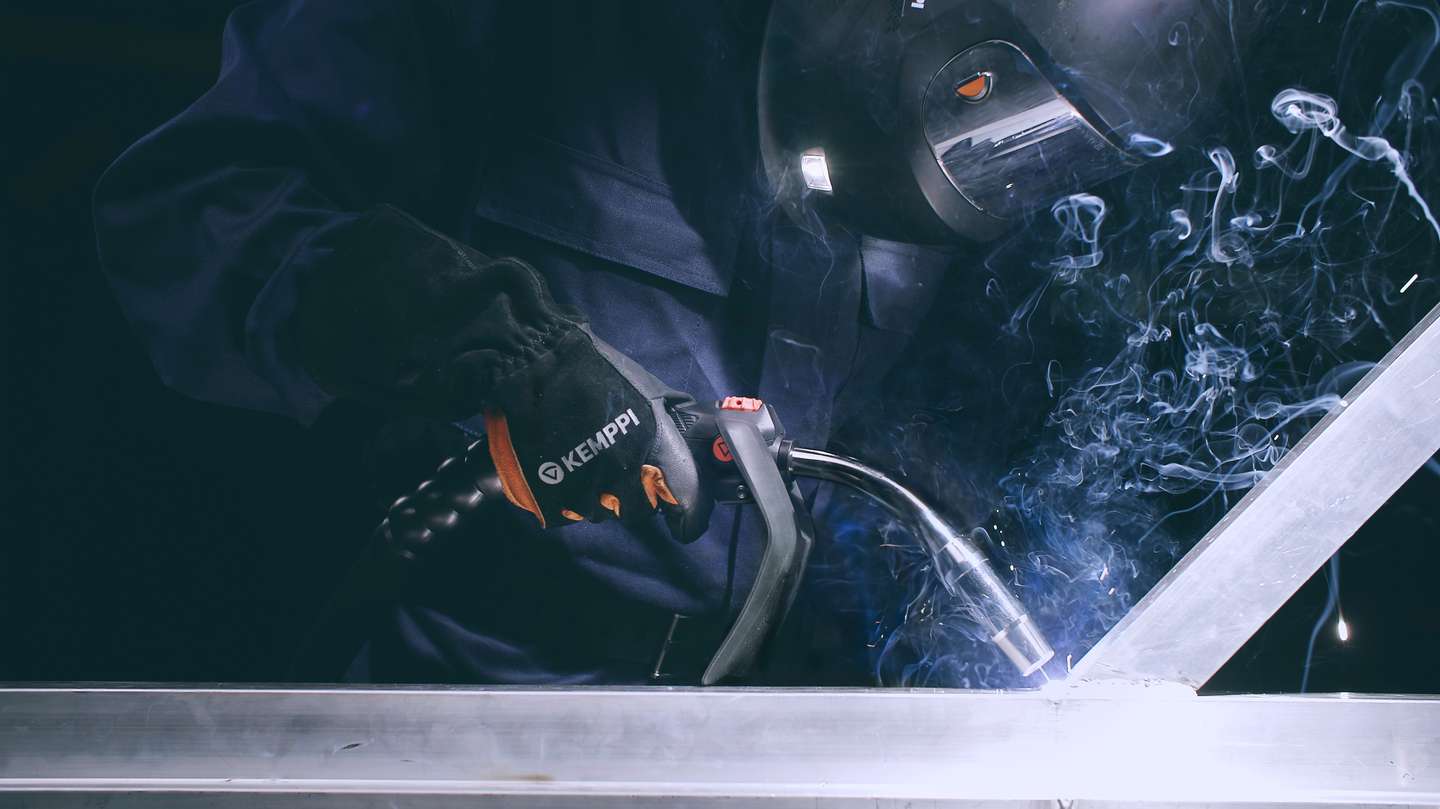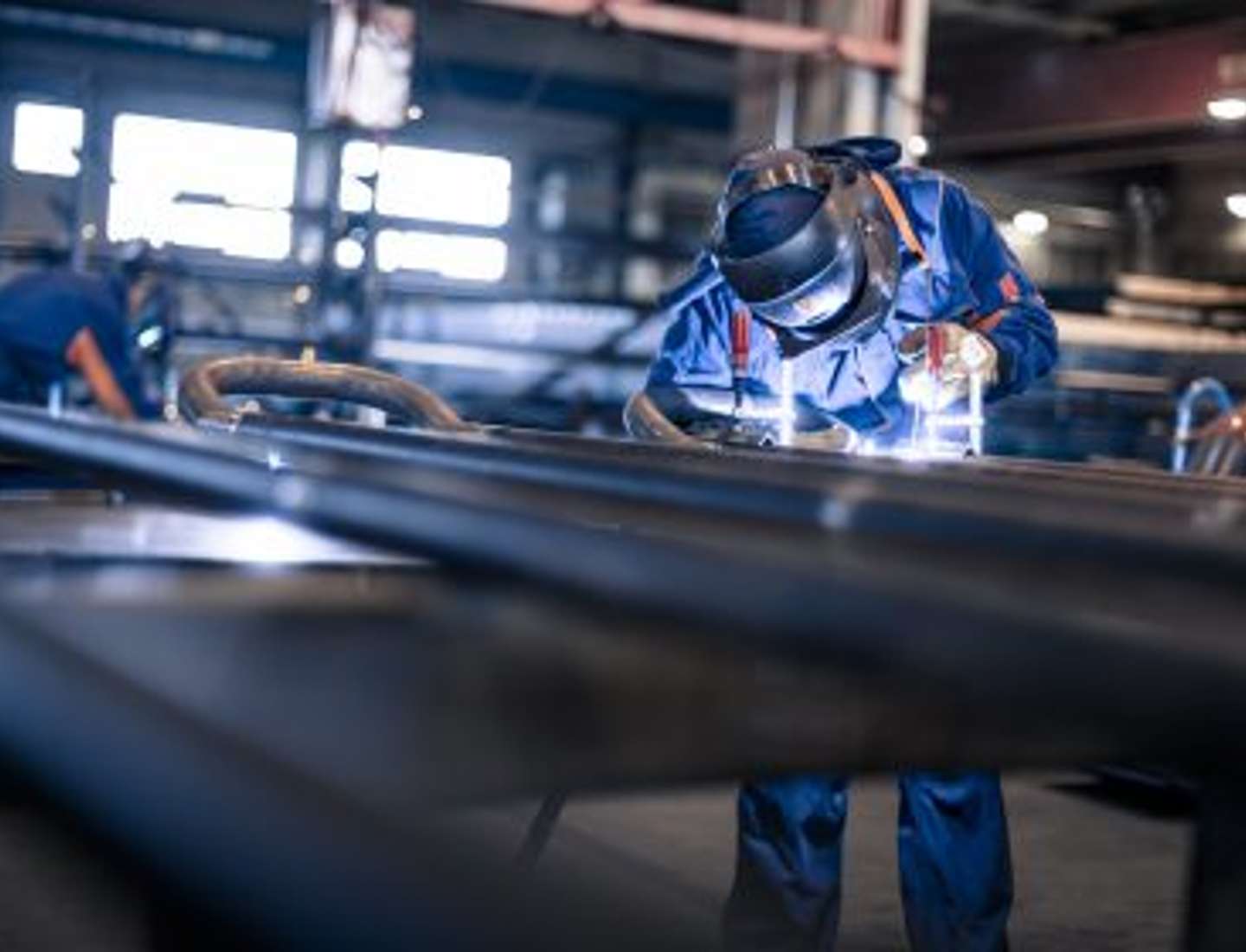
Manuell sveising
Standards in welding provide basis for the whole welding industry
19. juni 2018
Welding standards support the whole welding industry. They affect the industry and welding company operations on a wide scale from welding equipment to welding management software, services and documentation.
Reetta Verho

Reetta Verho
Reetta Verho
Manager, Welding Services at Kemppi Oy. International Welding Engineer (IWE) who is an active member in ISO standardization committees. Board member in The Welding Society of Finland. Passionate about welding quality and the development of welding production. Member of: K105 National mirror committee for welding, ISO/TC44/SC10 Quality management in the field of welding ISO/TC44/SC11 Qualification requirements for welding and allied processes personnel.
